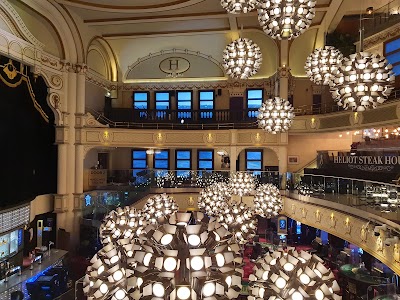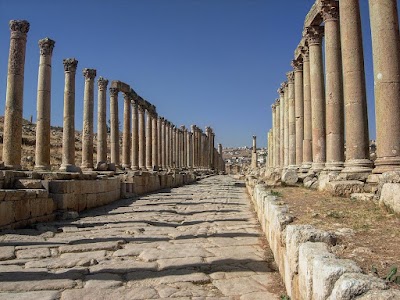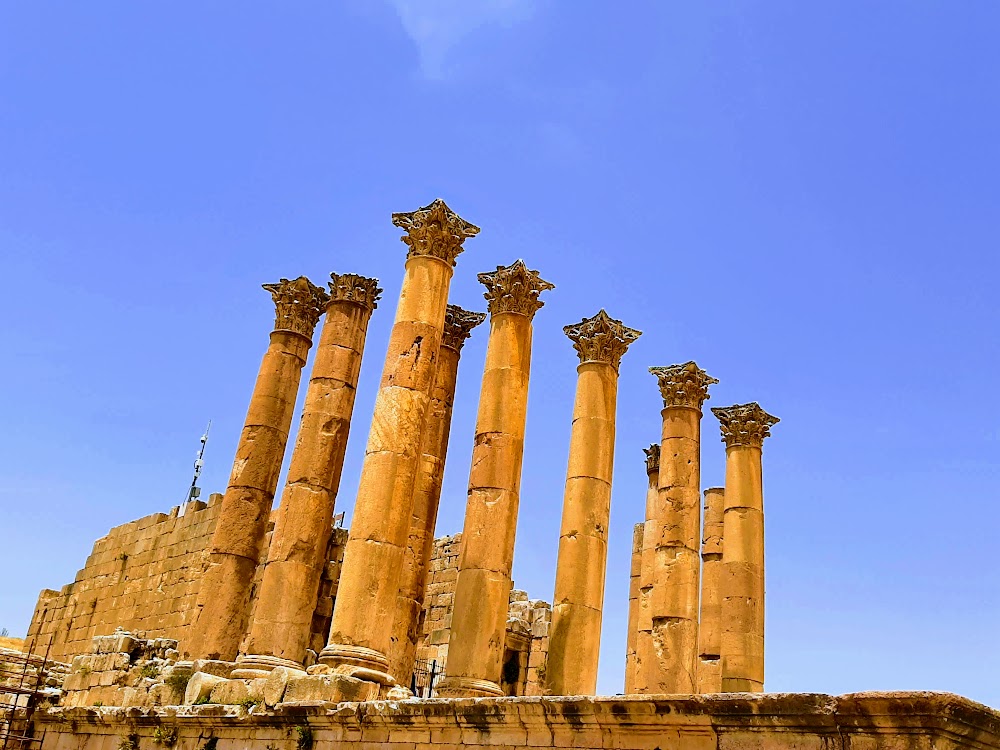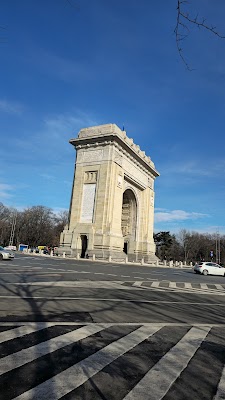The Hippodrome (الهيدودرم)
Overview
The **Hippodrome in Jerash, Jordan**, is a captivating relic of history nestled within one of the best-preserved ancient Roman cities in the world. Known as Gerasa in ancient times, Jerash is a treasure trove of Roman architectural wonders, with the Hippodrome standing out as one of its most impressive highlights. This ancient sports arena once reverberated with the thunderous hooves of galloping horses and the cheers of enthusiastic spectators, embodying the vibrant spirit of Roman entertainment.
Constructed in the **2nd century AD**, the Hippodrome was primarily built for chariot races, a thrilling spectacle that captivated audiences during the Roman era. The impressive oval arena measures approximately **245 meters in length** (about **800 feet**) and **52 meters in width** (around **170 feet**), accommodating up to **15,000 spectators**. Its construction employed large limestone blocks, showcasing the Roman expertise in engineering and architectural techniques.
The Hippodrome's significance goes beyond being a mere venue for chariot races; it also hosted a variety of public events, including athletic competitions, gladiatorial contests, and grand parades celebrating military victories. These gatherings were not only entertaining but also played a pivotal role in the social and political life of Rome, allowing emperors and local leaders to showcase their power and gain the favor of the populace.
As you walk through the Hippodrome today, you can almost sense the adrenaline that once filled the air. While time has inevitably worn down some of its structures, much of the Hippodrome's grandeur remains remarkably intact. Key features such as the central **spina** — a raised platform running down the track's middle — and the wide racing lanes continue to be distinguishable. Although the seating areas, or **cavea**, are mostly reduced to their foundations, they still hint at the impressive scale and capacity of this ancient sports venue.
One of the most fascinating aspects of the Hippodrome is the archaeological evidence that sheds light on the lives of those who built, maintained, and enjoyed this remarkable arena. Excavations have unearthed a variety of artifacts, inscriptions, and remnants, including pieces of chariots, horse fittings, and even horse bones. These discoveries paint a vivid picture of the past activities that once took place within this bustling center of sport and entertainment.
The Hippodrome stands as a testament to Jerash's prominence within the Roman Empire. The city was renowned for its wealth and architectural splendor, earning it the moniker **"The Pompeii of the East."** Jerash's advantageous location along trade routes contributed to its prosperity, enabling the construction of such magnificent monuments and public spaces. The Hippodrome, alongside other notable structures like the **Oval Plaza** and the **Temple of Artemis**, underscores the city's historical and cultural richness.
Visitors to the Hippodrome can also partake in modern reenactments that breathe new life into ancient history. The **"RACE (Roman Army and Chariot Experience)"** is an exhilarating daily performance featuring chariot racing, gladiatorial battles, and Roman military drills. These shows provide a dynamic way to immerse yourself in the excitement and atmosphere of ancient Roman spectacles, making the experience both educational and entertaining for all ages.
Beyond the Hippodrome, **Jerash** itself is a city full of exploration opportunities. The vast archaeological site features colonnaded streets, ornate theaters, expansive public squares, and ancient fountains. Each corner of the city offers a glimpse into Roman life, from their architectural innovations to their social and cultural practices. Visiting Jerash feels like stepping back in time, providing a tangible connection to a once-thriving civilization.
In conclusion, the **Hippodrome in Jerash, Jordan**, is more than just an ancient structure; it is a symbol of the splendor and vibrant cultural life of the Roman Empire. Its historical significance, combined with its awe-inspiring scale and preservation, makes it a must-visit for any traveler interested in history, archaeology, or simply seeking to experience the remnants of a glorious past. So, don your explorer's hat and immerse yourself in the hypnotic allure of the Hippodrome — where the past eagerly races to meet the present.






